TreeofLifeStairs
No longer a newbie, moving up!
- Joined
- May 12, 2013
- Messages
- 1,082
- Reaction score
- 289
- Location
- California
- Website
- treeoflifestairs.com
- Can others edit my Photos
- Photos OK to edit
I've got a circular polarizing, and neutral density filter on order and have a uv filter already. If, hypothetically, I was to use all three simultaneously, what order would I put them in? Does it matter?


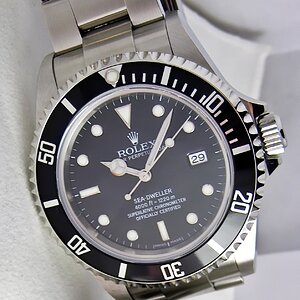
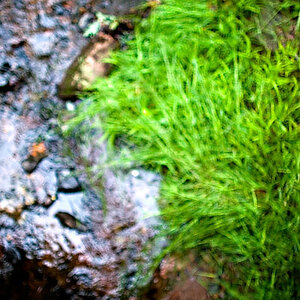
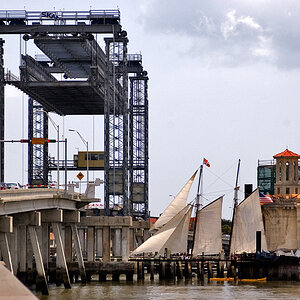
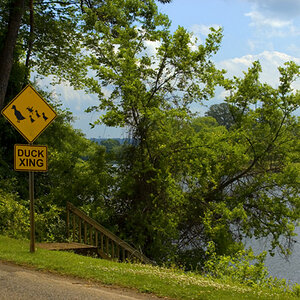



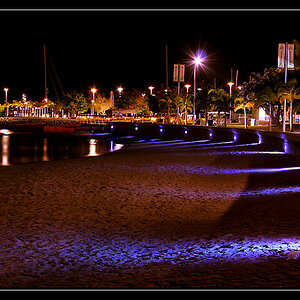

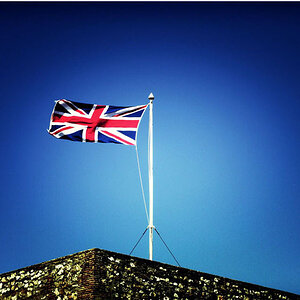

![[No title]](/data/xfmg/thumbnail/35/35969-b6f009f356cac5fdbffb0729bddb9e25.jpg?1619737288)